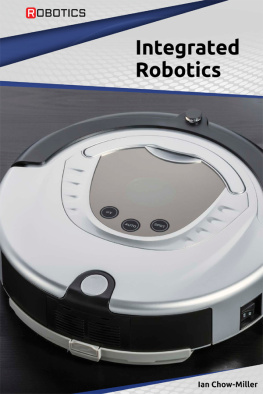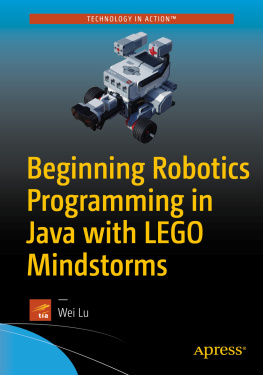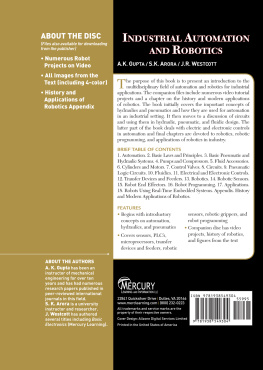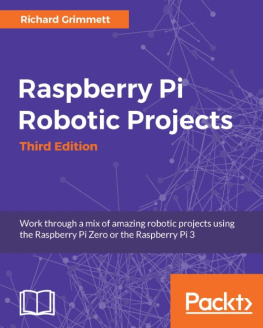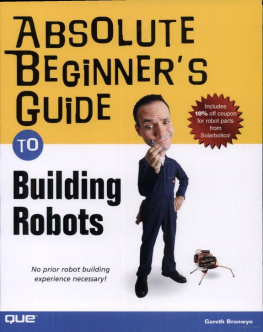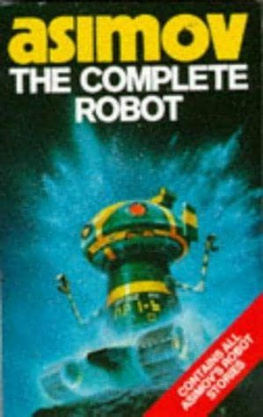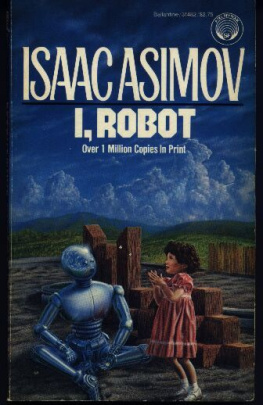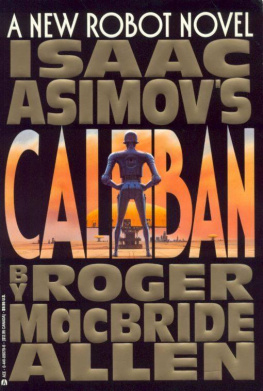Robotic s
Discover The Robotic Innovations Of The Future
An Introductory Guide To Robotics
Dr. Kevin Klein
Copyright 2015 - All rights reserved.
This document is geared towards providing exact and reliable information in regards to the topic and issue covered. The publication is sold with the idea that the publisher is not required to render accounting, officially permitted, or otherwise, qualified services. If advice is necessary, legal or professional, a practiced individual in the profession should be ordered.
From a Declaration of Principles which was accepted and approved equally by a Committee of the American Bar Association and a Committee of Publishers and Associations.
In no way is it legal to reproduce, duplicate, or transmit any part of this document in either electronic means or in printed format. Recording of this publication is strictly prohibited and any storage of this document is not allowed unless with written permission from the publisher. All rights reserved.
The information provided herein is stated to be truthful and consistent, in that any liability, in terms of inattention or otherwise, by any usage or abuse of any policies, processes, or directions contained within is the solitary and utter responsibility of the recipient reader. Under no circumstances will any legal responsibility or blame be held against the publisher for any reparation, damages, or monetary loss due to the information herein, either directly or indirectly.
Respective authors own all copyrights not held by the publisher.
The information herein is offered for informational purposes solely, and is universal as so. The presentation of the information is without contract or any type of guarantee assurance.
Table of Contents
Introduction
What Is Robotics?
Mechatronic Devices
True Robots
History of Robotics
The Term Robot
Early History
Isaac Asimovs Three Laws of Robotics
Unimate, the First Robot
The Uses of Robotics (Applications)
General Purpose Autonomous Robots
Dedicated Robots
Commercial Robot Uses
The Benefits of Robots
Careers in Robotics
Operator
Robotics Technician
Robotics Engineer
Related Jobs
Key Components
Three Key Aspects of a Robot
Form
Electrical Components
Computer Code
Further Components
Sensors
Actuators
Power Sources
Manipulators
Locomotion
Wheels
Tracks
Spheres
Walking
Climbers
Snakes
Flyers
Sailors
Swimmers
Skaters
Research in Robotics
Varying Tasks
Making Choices
Seeing
Touch
Language
Future of Robotics
What Might Become?
Ethical Dilemmas
Ethical Robots
Roboethics
Stealing Jobs?
Computer Code
Robot Programming Languages
Robot Software
Programming Errors
Conclusion
Helpful Links
Introduction
To put it in simple terms, robotics is the study or science involved with designing, building, theorizing about, or using robots. While there are many different fields that are involved in the end result of actually working with robots, those will not be discussed here. The more direct subjects that relate to robotics are the focus of this book.
A robot is a simple enough idea. It is a machine that can do something by itself, in the simplest terms. You have almost certainly seen them in movies, or read about them. Many people think of a metallic, human looking, machine when they think of a robot. The reality these days is a little less dramatic than that. In appearance, modern robots are often complex limbs or moving tools. They can complete tasks largely without the need for human assistance, but they are a long way from the types of robots people have been imagining for centuries; thats rightthe idea of the robot is very old indeed.
The things that robots might be able to do, are a key driving force beyond their development. These ideas drive related fields, and those in turn drive people to come up with better ways to make and use robots. This cycle has been going on for some time, and it goes back a lot more than just a few decades (but you can learn more about that in the History of Robotics chapter).
Many people believe that robotics is currently the highest point of technological development. Once society has highly functional and mobile robots at their command, what could happen in the future?
What Is Robotics?
Robotics is a merger of varying scientific areas, which mainly uses the advances of the following fields:
- Manufacturing technology
- Material science
- Mechanical engineering
- Advanced algorithms
- Fabrication of sensors
Anyone who even dabbles with robotics, is going to find themselves looking into many different types of scientific study and practiceand by many, think hundreds of them. People often choose to begin with robotics due to some type of romantic notion about how much robots can do for the world, and humanity. Imagine how the world could change after the successful implementation of these wondrous machines; the likes of which have only been realized in science fiction books and movies. If youre thinking of getting started with robotics, get ready for a lifetime of adventure and seemingly magic possibilities.
As we have already discussed briefly, robotics is the study, design, theory, or use of robots. But thats such a general and shallow explanation, that delving deeper will be our next step. What makes a robot, a robot? That topic can easily turn into a philosophical debate, or a technical one, or both. For the purposes of getting an introduction to robotics, its best to learn the most common definitions for now. Once you have a better understanding of the basics, you will be free to move on to more complex topics for study.
Mechatronic Devices
The terms robot and robotics are not one-and-the-same. A robot is a constructed thing that carries out any type of action or behavior automatically. Robotics is the theoretical and practical process behind designing, building, and applying robots. This can involve your garage door, which might open as you approach. The door would have its own sensor, which detects any signal that is sent to it from a remote. Once it detects the right signal, it would use its actuators to physically open the door, and it would have a controller to switch of its motors once the door it shut. This is technically a robot, although the term mechatronic device is more accurate. However, for our purposes to introduce the concept of a robot, it works just fine.
So, to reiterate, the main parts of a mechatronic device are:
- Sensors , to detect what is going on around the device.
- Actuators , to actually move and do something.
- Control system , to work the actuators while being aware of how they are affecting the surroundings, using the sensors as guides.
True Robots
So, if the mechatronic device we discussed above is not a proper robot, what is? It does have the same components, but there are also some extra types of parts required (this will be discussed in detail in the Key Components chapter of this book). In order to be a robot, the device must have autonomy, which can also be called resourcefulness. It has to be able to actually do things by itself, without needing a person to guide it along or control it. Can you see how the automated garage door in our previous example lacks that basic ability? You would need to press the button on your remote control in order to tell the door to open. Thats why it is not really a robot.
Of course, some people will debate what makes a robot a robot. Many people would say that the garage door is a robot, because it can open by itself, even if thats only after a human sends it the signal to do so. But thats not really important right now.


